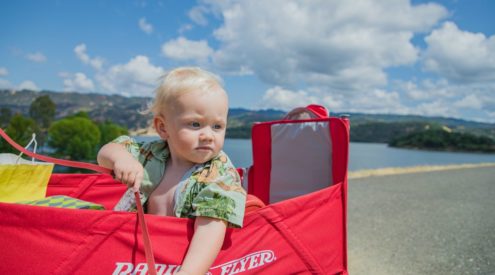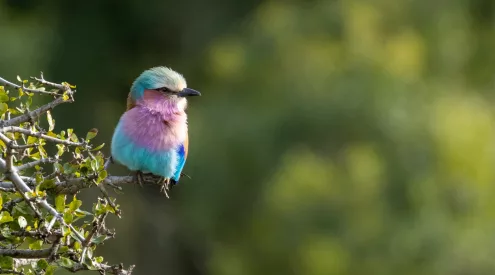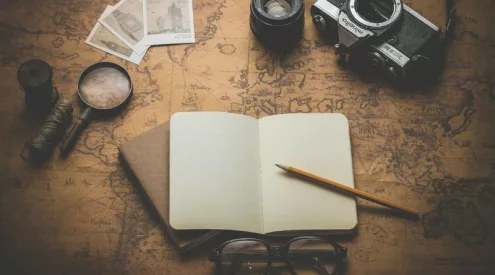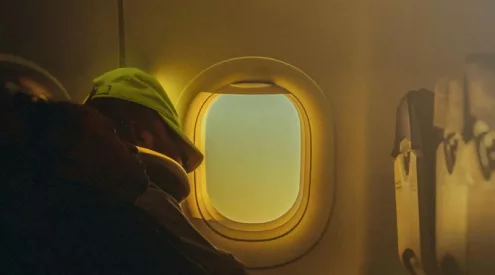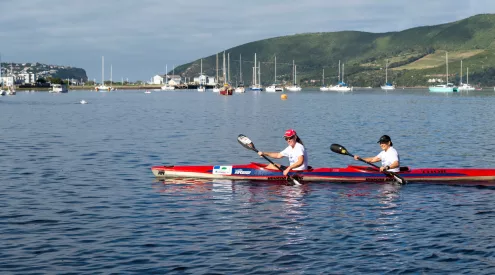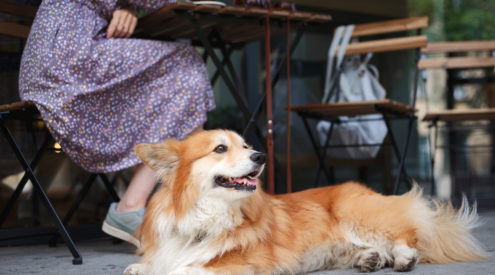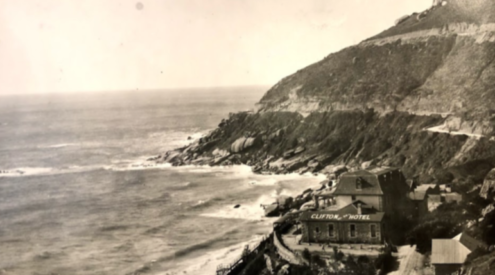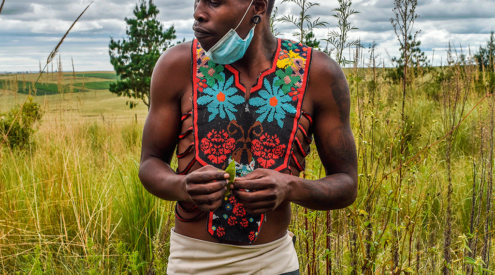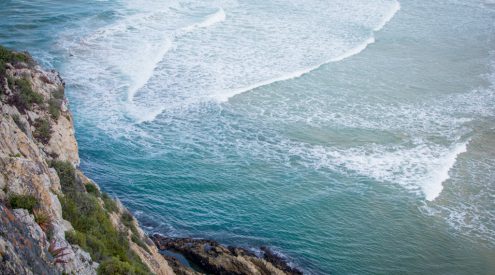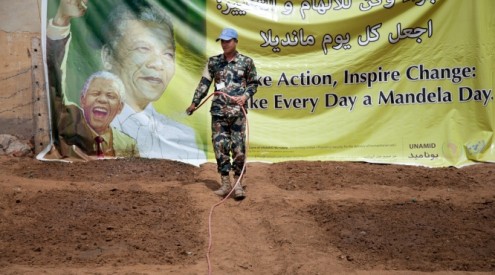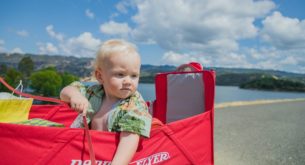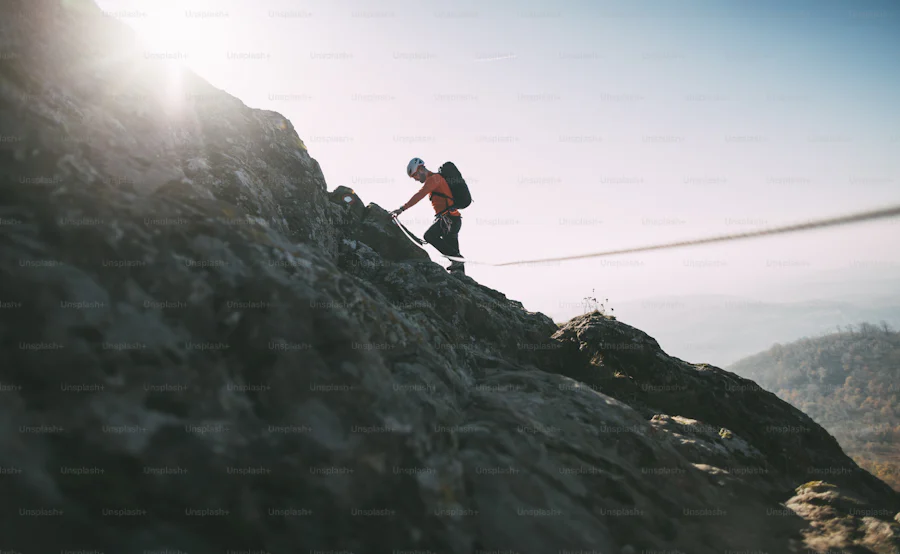I was in Antananarivo, Madagascar for five days, and most of that time I was in hospital. But if hospitals are anything to go by, Antananarivo is a magical place.
I saw no gunshot, stab or minibus accident victims, only a broken arm and a smokers cough – and that was one of the surgeons. She smokes and drinks more coffee than is healthy but her hands were as steady as a rock. They have to be if you are operating on eight patients a day for five days.
I was there to document the Operation Smile mission, their fifth in the country. One of the things that made it remarkable was that they operated on 175 patients in those five days. That’s 175 new smiling faces, almost all of them children from impoverished families who couldn’t afford the surgery. Magical stuff indeed. 75 volunters from 11 different countries made up the crew of surgeons, dentists, nurses, psychologists, speech therapists, co-ordinators, bookkeepers, run-abouts and the odd Australian. They screened over 400 cases, selected the 175 patients who were most in need and then got ready to scrub in – and so did I, but I was wielding a Nikon, not a scalpel.
I saw very little of Antananarivo (Tana – as it is affectionately known) but managed to photograph a few people in the couple of blocks between my hotel and the hospital. It seems one doesn’t need a magician to get a smile from a Malagasy. We also had time to taste the wares in local restaurants. Frogs legs were a first for me. Yes, they taste like chicken, but the overall impression was an adherence to the French tradition, mixed with local spices and drinks – multi-flavoured rum being a staple. And classy stuff, mind you. no Red Heart or Captain’s hangover here.
The local market is a great place to get a feel for any city, and Tana’s did not disappoint. It was a riot of colour and smells and more of those magical Malagasy smiles.
But, what left the greatest impression on me were the patients in the hospital. They had travelled from far and wide, some by foot, to get here for the opportunity to be operated on. I was particularly taken with a little girl, Raissa, and a soon to be famous footballer, Oriarivelo-Thiery. With the addition of a new smile, Ori has an incredible future.
Oriarivelo-Thiery Andrianiaina! Imagine the crowds, ‘Oooohri, Ori, Ori, Oooooohri!’
This little guy is going to put Madagascar on the map. Who needs lemurs or coup d’états? He fires a ball back with precision, break dances without music and gazes at you with that ‘Do you know who I am?’ look.
Ori doesn’t need a perfect smile to succeed, and it soon transpired that he was not a priority for surgery, so he’ll wait until the next mission. The new recruits took precedence as Ori had had surgery before. Operation Smile know he can take the knock – he’s got the attitude of a champ. Despite not having surgery, Ori was examined and an impression was made of his palate to monitor his progress – an essential part of the reconstruction process.
While Operation Smile prepared four theatres for the 175 surgeries, we went to the Catholic Church where some of the patients and their families were being looked after.
About 20 families shared the hall which had bedding of woven mattresses and patterned Malagasy sheets. It was a happy atmosphere, made merry by the arrival of the journalists who were a nice distraction for the children and parents contemplating the surgery. I made contact here again with Raissa and her family.
It was the first time I had seen little Raissa awake, and she was a flirt.
I was wrapped around her finger and it was mostly because of that incredible smile. There was also something wonderful about her naivety. Because of her age she was probably unable to recognise her deformity, and it was hard for people who met her to recognise it because she was just so cute. You could even say her smile suited her.
Raissa’s sister took much of the pressure off her mother, but when they were together the close-knit trio seemed to be the center of the room. Everyone got along in the church, as people do when they are thrown together, and there was little sense of an individual journey for the people here.
The next few days I was in the theatre with Raissa and the other kids as their new smiles came into being. In speaking to the many doctors and specialists, many of whom were on a mission for the eighth or ninth time, I realised this was no practice session for them, and it was certainly no working holiday. I started to understand that it is the shared journey with the patients and that keeps the volunteers coming back (I am no exception and have documented another mission in the Eastern Cape since then and hope to do more).
In one of the operating rooms, Steve Hofmeyer was the last thing the kids heard before they went under.
In two other rooms, the surgeons played their choice of music on Ipods. Techno music bounced off the tiled walls where Susan and Heba worked. In the third room, Stefan and Luis operated to The Waterboys’ song, This is the Sea. There were two operating tables in each room. Six surgical artists created wonders, the anaesthetists, or ‘dealers’ – as we called them, supplied the goods, and Kermit the Frog supervised all six procedures.
15 hours each day, 35 patients and 75 volunteers working non stop. When one kid was carried off the operating table, another took its place. In the waiting room down the hall, children played with balloons before they were prepared for surgery, distracted from the crying in the recovery room next door.
It was fascinating to watch the surgeons at work, and hard to believe they could focus with the all the activity going on around them. Most humbling was how welcome I felt at their side and how free I was to wander between the surgeries and engage everyone. I discussed Pink Floyd with Stefan, a surgeon, . Wish You Were Here played while he worked on one child. I complimented Heba on her stitching, feeling ridiculous as the words ‘nice job’ came out, but she accepted the compliment with genuine enthusiasm.
Conrad (MacSteamy to the ladies) worked on the older kids who only had a local anaesthetic (the lack of facilities meant it was too risky to put them under). An excited Gian-Luca insisted that I have a look at the muscular structure under Conrad’s scalpel, and he was happy to let me in.
The older kids were very brave, keeping completely still as Conrad worked on their faces. I’m sure the crowd of observers made it more difficult for the kids.
Their transformation was profound. I met one boy in the ward after his surgery and he was preparing to spend the night in the hospital. He did not speak, only greeted me with a look of pride. As I prepared to photograph him, he confidently filled a cup with juice and, looking directly at me, he put the cup to his newly stitched lips and drank slowly and steadily without spilling a drop. He finished, put the cup down, sighed and looked at me with a sense of pride I had never seen before. I had to leave the ward for a little moment of my own. When I returned, he was gone.
Raissa and her mother arrived for surgery on the third day.
She was her usual, gregarious self, brightening up the playroom. Natasha, the anaesthetist, came to collect her. As Raissa was taken away to surgery it was the first time I saw her cry. Her stress was profound, but she was soon asleep with that strange smile on her face.
The procedure lasted a long time because of the unusual nature of her deformity. I stayed through most of it while Susan operated on her lateral cleft – first parting the flesh, then repairing it.
Before Raissa was revived, a bandage was wrapped around her head to prevent splitting the stitches when she cried. When Raissa woke, her face was puffy and painful. Her mom was concerned about her crying, but was relieved when Raissa finally calmed down with the help of a sedative. I met them in the ward later, but the flirtation was over between us and her stare was accusatory. I would be lying if I said I did not miss her enormous smile. Mother and daughter kept to themselves, and the incredible, protective bond between them was clear.
At first, the smiles were on the faces of the parents and volunteers. Within an hour (roughly) their childrens’ faces had been transformed. They were groggy and in pain at first, but their smiles would come later.
The volunteers worked most nights until 10pm. As expected, things ran over schedule, but each operation was a tremendous success. After five days, 175 fresh new smiles were added to all the other magical Malagasy smiles I had seen.

